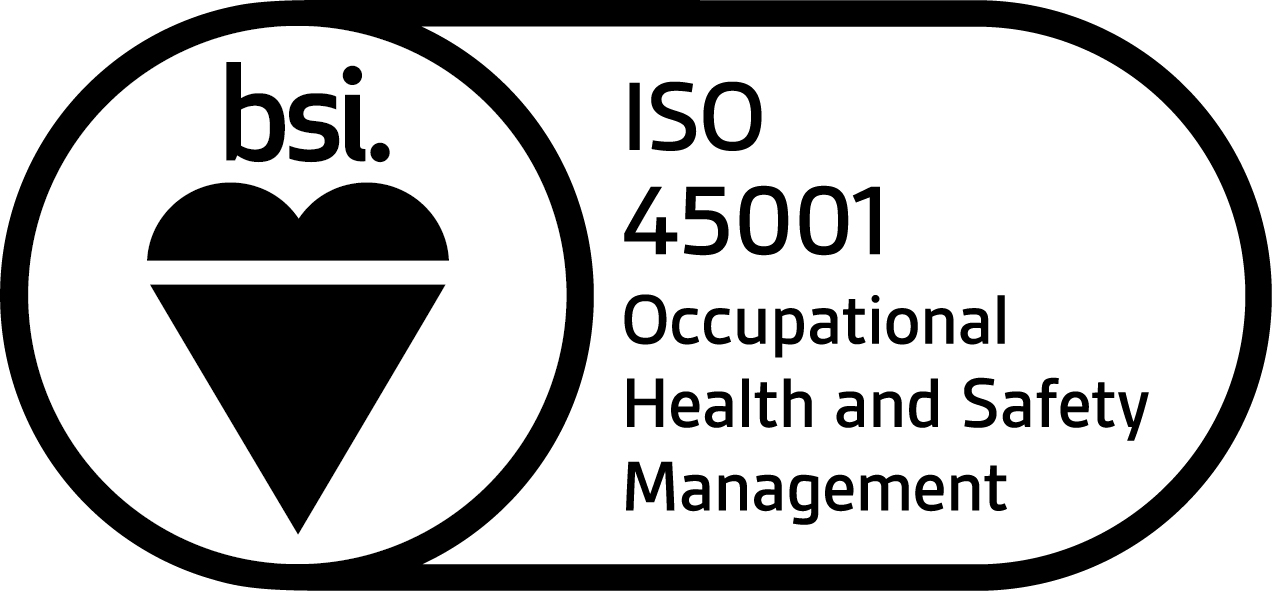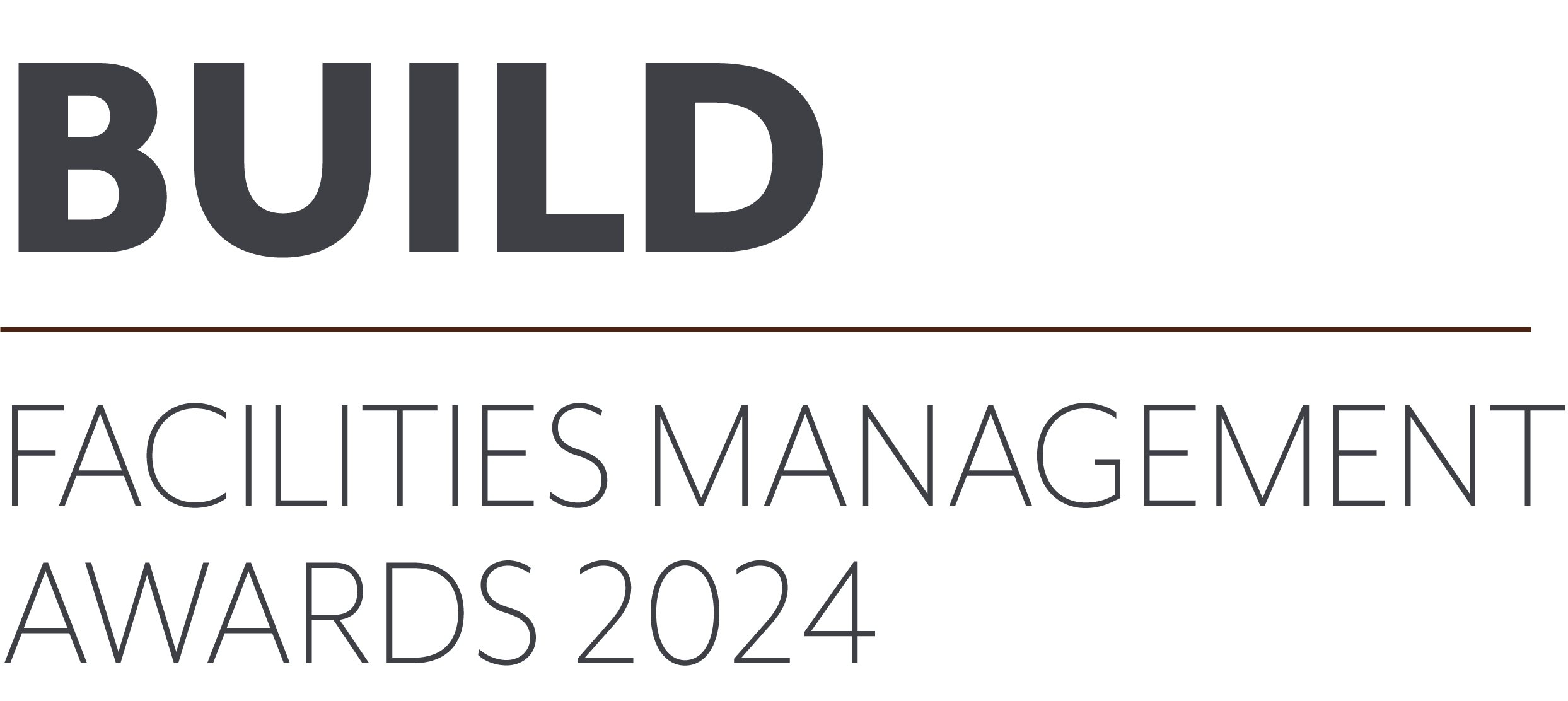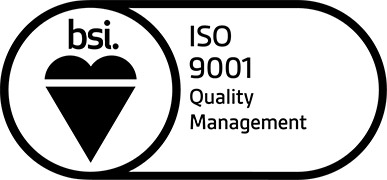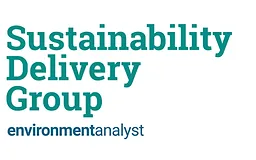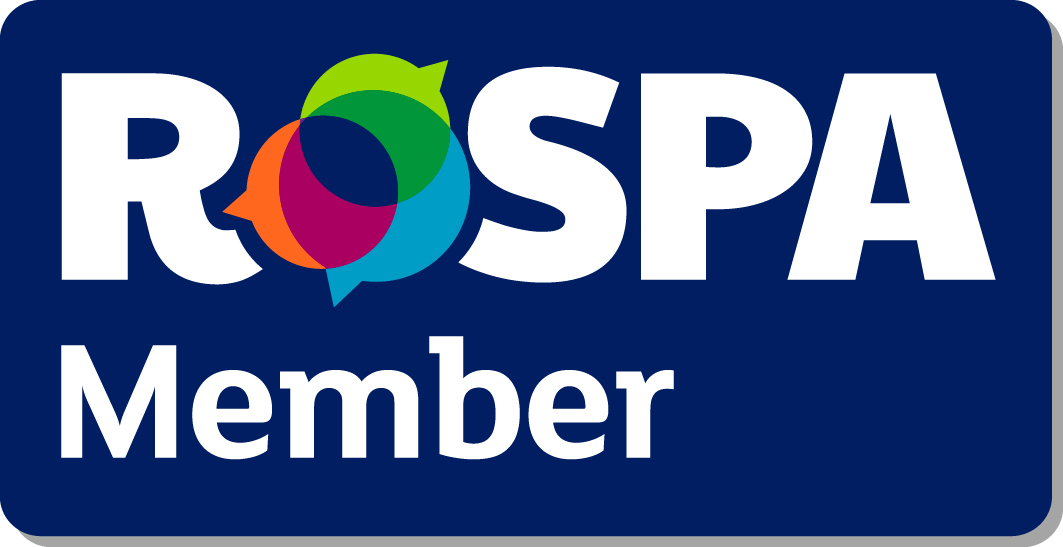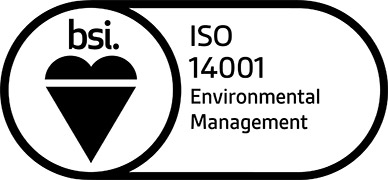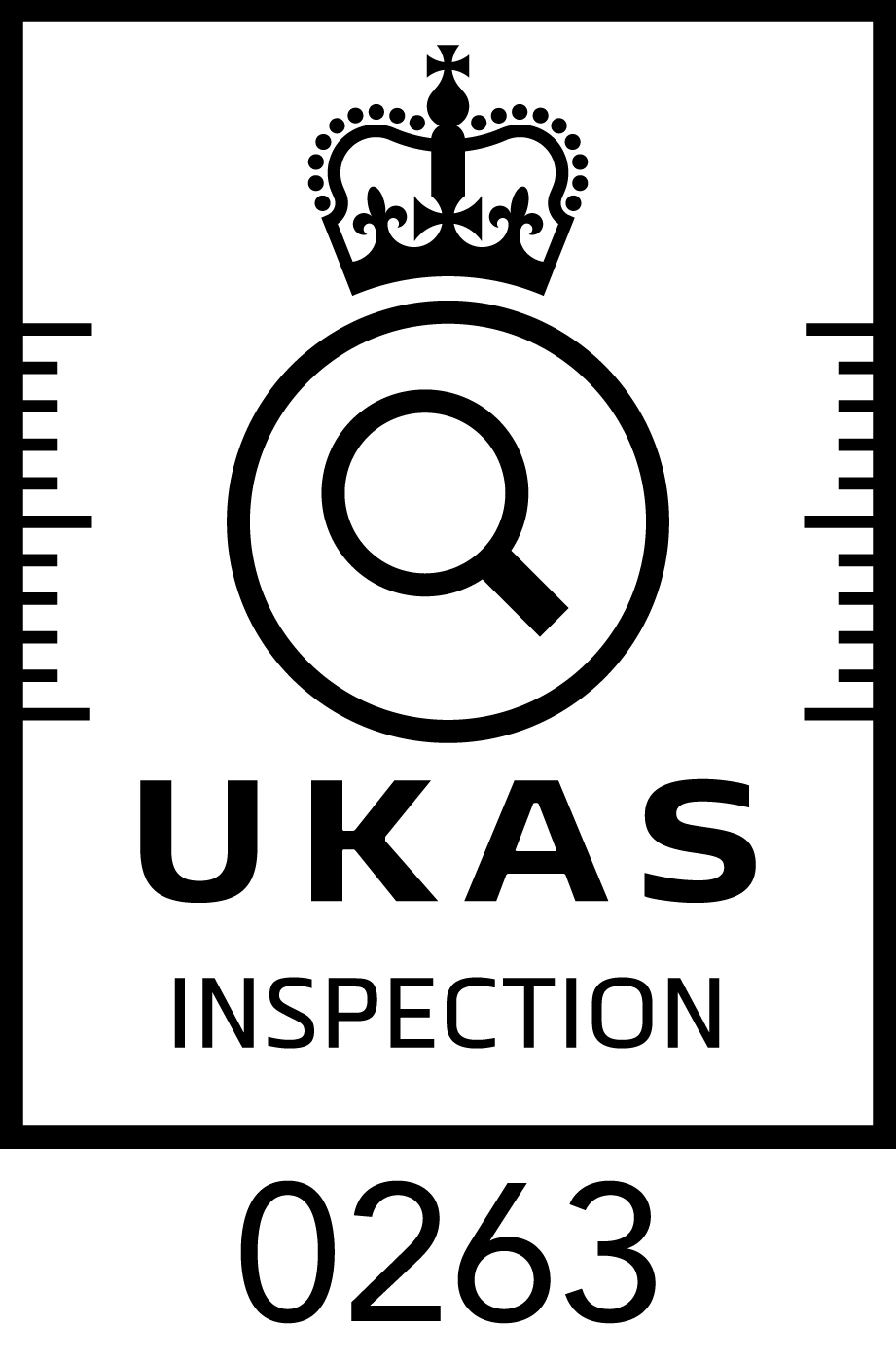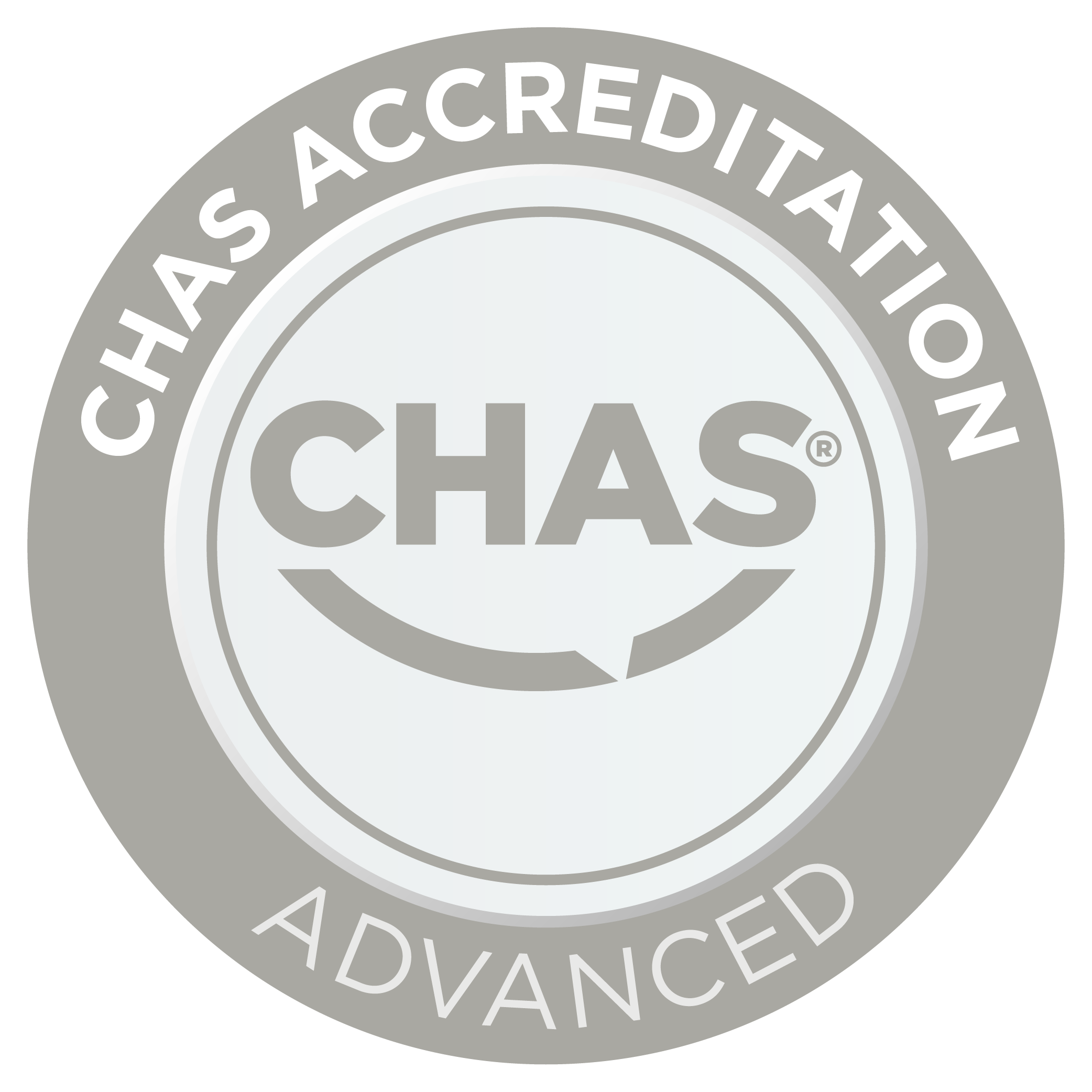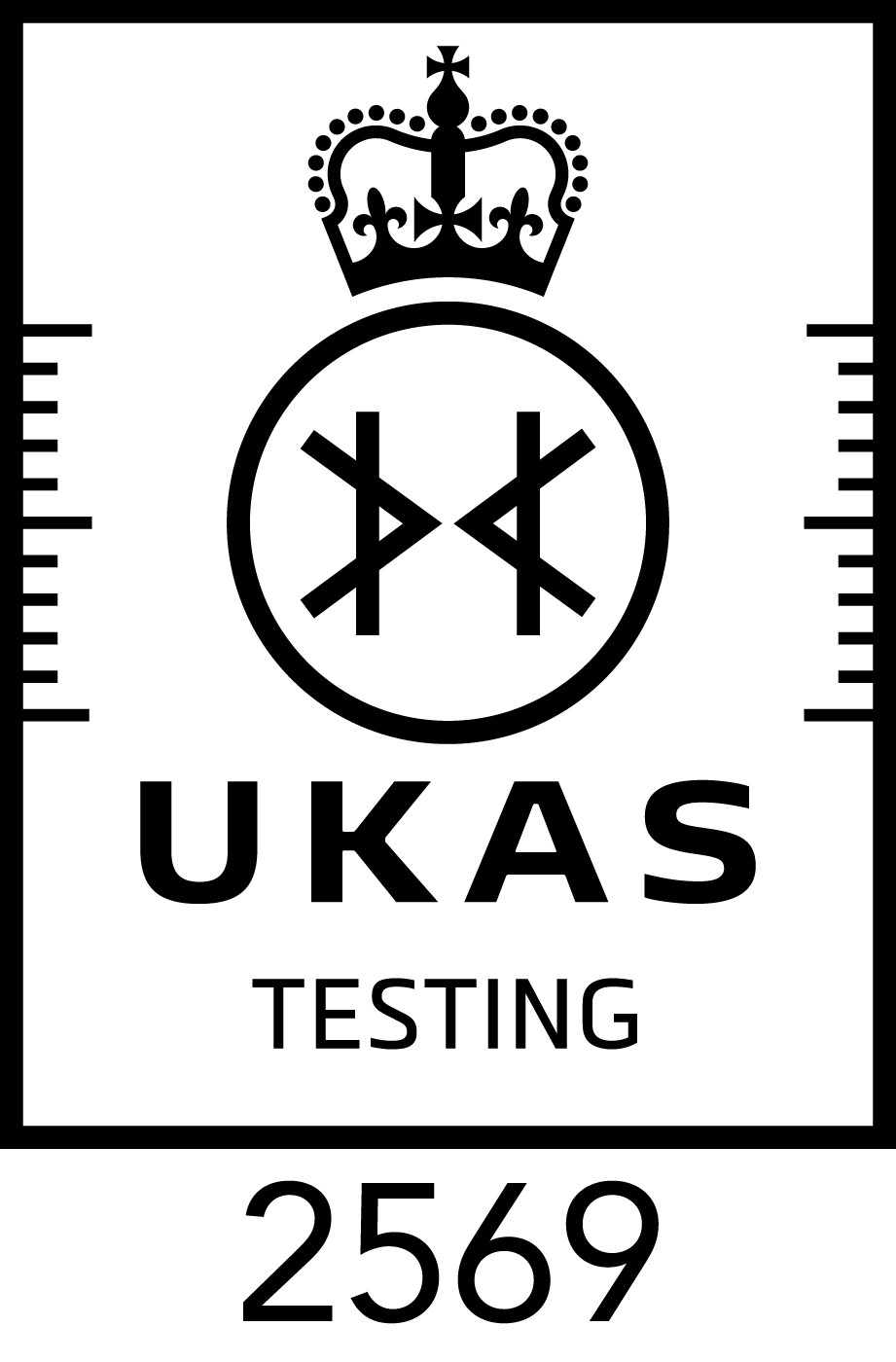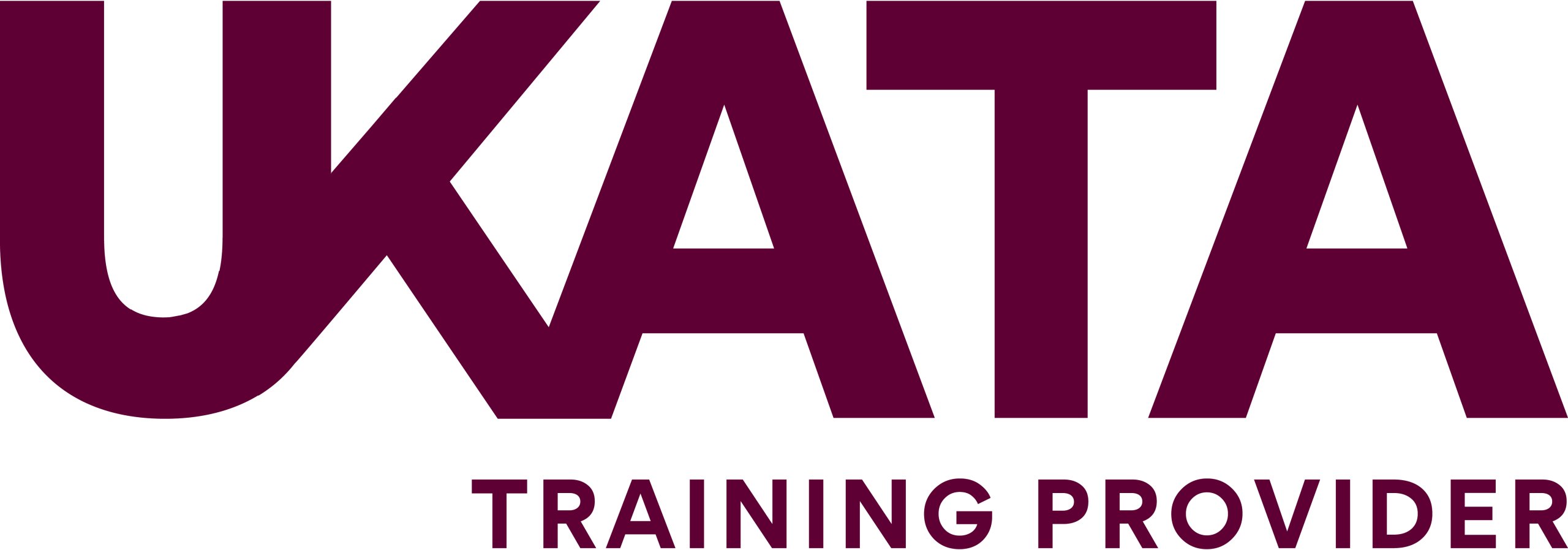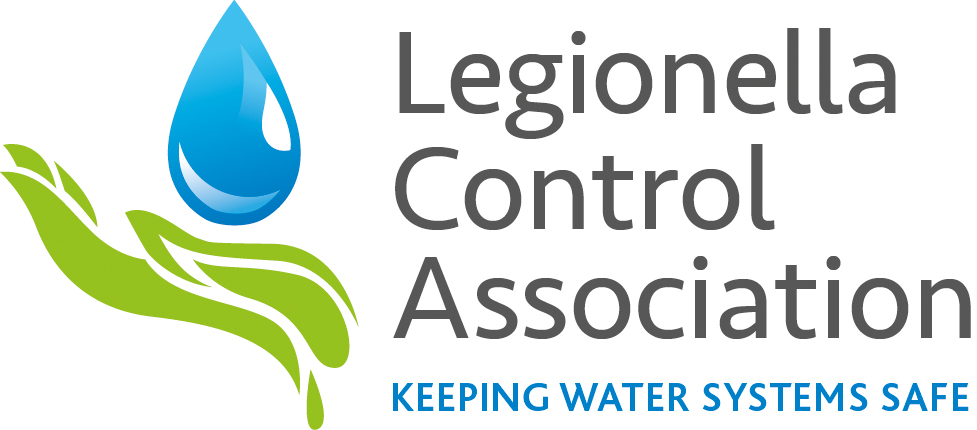Protecting people and planet
Protecting people and planet
Protecting people and planet
Protecting people and planet
Protecting people and planet
ASBESTOS IN SCHOOLS: THE ROLE OF REASSURANCE AIR MONITORING

Lucion Group
16th October, 2019
It has long been recognised that the disturbance of asbestos-containing materials (ACMs) in older schools and education buildings can lead to harmful fibres being released, with dangerous health risks to pupils and teachers.
Government policy considers that asbestos that remains in good condition and is unlikely to be damaged or disturbed is not a significant risk to health as long as it is properly managed. Only when ACMs are disturbed or damaged is the risk of exposure increased through the release of airborne fibres.
For those duty holders with responsibility for maintaining health and safety and building maintenance standards in schools where asbestos is known to be present, the crucial question is therefore how it can be dealt with safely?
The most common way that ACMs might be disturbed is during maintenance, repair or building works. In addition, in schools, some classroom activities such as attaching pupils work to walls or the movement of furniture, as well as vandalism, accidental damage or boisterous behaviour have all been mentioned as potentially causing damage to building materials and so increasing the health risks associated with the release of fibres.
The hazard is the presence of asbestos, but the risk to the occupants is when the asbestos fibres become airborne and can be inhaled. An asbestos survey identifies the hazard, but on its own rarely measures risk to an effective level; the key requirement is to target resources by properly assessing the risk present and controlling them effectively.
To completely eradicate the risk posed by the deterioration of ACMs there have been calls for the complete removal of asbestos from all school buildings.
Of course, whilst it is essential that everyone continues to recognise the risks to health associated with asbestos fibres, full consideration needs to be given to the practicalities and scale of work that would be required to meet these ambitions.
For example, the design of many older education buildings means that the only way to completely remove any asbestos present would be to almost completely dismantle parts of them or demolish the entire building.
Against this sort of measure, there are no projections on what the cost of this work would be to the UK economy or how any removal costs would compare to the costs of alternative forms of management and reassurance monitoring that are now available to duty holders.
As a result, although setting out a long term strategy for the removal of asbestos from schools remains a legitimate objective, financial considerations and pressure on resources mean it is clearly not feasible to remove all asbestos from schools in the short term.
Currently, asbestos air testing in schools is only routinely carried out following asbestos repairs or removal works. However, modern air monitoring and analytical techniques using scanning electron microscopy (SEM) provide the means to accurately and regularly measure any risks to occupants and enable the appropriate remedial actions to be taken.
SEM enables asbestos in the air to be quantified to very low levels, typically achieving lower limits of detection to 0.0005 fibres/ cm 3 and below, compared to the 0.01 fibres/cm 3 capability of standard phase-contrast microscopy (PCM). SEM can also distinguish between different asbestos fibre types and other non-organic fibres.
SEM’s ability to more accurately determine whether asbestos fibres are present means it can better identify the level of any risk that might be present — and what remedial actions are required.
Used in this way, reassurance air monitoring using SEM analysis can enable actual and direct asbestos risk measurements to be made in specific school locations. This in turn can be used to prioritise risk and target spending on abatement accordingly by avoiding areas that do not present a risk to the health of occupants.
This means that scarce maintenance resources can be properly allocated for the treatment and removal of the most dangerous ACMs in schools, with the continued management of any remaining asbestos until a phased programme of asbestos removal can be initiated.
Register for IMPACT Bulletin
Don’t miss a beat - get the latest insights and updates from Lucion straight to your inbox.

